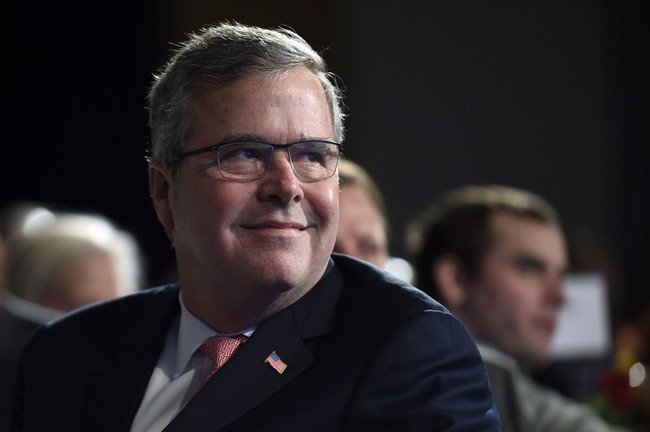Earlier this year, Rep. Steve Cohen of Tennessee introduced a bill in the House of Representatives to abolish the Electoral College. As a reminder, the Electoral College is the process by which our country elects our president and vice president. Developed by our founders, its structure is set out in our Constitution. When we vote in a presidential election, we are not voting directly for an individual, but for electors who will vote for candidates the following month.
This is an indirect process compared to the direct process of democracy as proposed by Cohen. There are 538 electors in the Electoral College, so to win, a candidate must win at least 270 of them. (Hence the election tracking website 270toWin.)
Each state has as many electors as its senators and congressional representatives combined. California has 55 and Delaware has 3. The adoption of the 23rd Amendment to the Constitution gave the District of Columbia the same number of electors as the state with the fewest electors.
Nearly all states allocate their electoral votes on a winner-take-all basis. For example, if the California popular vote results in the Democratic candidate winning, he or she will win all of the state’s 55 electoral votes.
Two states, Nebraska and Maine, allocate their electoral votes differently. The winner of the popular vote in a state receives two electoral votes, with the remaining votes assigned to the winner of the popular vote in congressional districts.
There is also a push to change the Electoral College process at the state level. This method will come into force only after the plan is adopted by the countries involved, whose total number of electoral votes is 270.
Under the National Popular Vote plan, electoral votes will be allocated to whoever wins the national popular vote. For example, if Georgia voted Republican but the winner of the national popular vote was a Democrat, Georgia would allocate its electoral votes to the Democratic candidate. According to the National Popular Vote plan website, this plan “was enacted by 13 jurisdictions with 181 electoral votes (CA, CO, CT, DC, HI, IL, MA, MD, NJ, NY, RI, VT, WA).”
The Electoral College process has resulted in five presidents winning the election but losing the popular vote. In the first instance in 1824, no one won the Electoral College. The winner, John Quincy Adams, was chosen by the House of Representatives the following February.
The 1876 election between Republican Rutherford B. Hayes, governor of Ohio, and Samuel Tilden, governor of New York, resulted in Hayes becoming president in the unwritten compromise of 1877. Compromise? Four states with 20 undecided electoral votes gave them to Hayes on the condition that Republicans withdraw federal troops from the South. This led to the end of reconstruction.
After the removal of federal troops, many white Republicans fled the South, and control of the southern state’s political structure was consolidated by Democratic “Redeemers” who disenfranchised blacks.
In 1888, Republican Benjamin Harrison defeated incumbent Democrat Grover Cleveland, winning more electoral votes despite losing the popular vote.
In 2000, Republican candidate George W. Bush lost the popular vote to Democratic candidate Al Gore. The votes in Florida were recounted, and on December 12, 2000, a U.S. Supreme Court case finally decided the election in Bush’s favor.
In the previous election, Democratic candidate Hillary Clinton won the popular vote, but Republican candidate Donald Trump won the election with 304 electoral votes.
While Cohen could employ the last two elections as examples of why we should change the Electoral College, the fact is that if the process were changed, candidates would also change their approach to campaigning. In the current process, most of a campaign’s time, energy and money is spent on swing states – those that can swing from one side to the other. But these swing states change over time.
If there was a nationwide popular vote, every vote would count the same. While this would ensure direct representation, it would also make it easier for voter fraud to influence the outcome. Additionally, metropolitan areas would become more valuable places for candidates to campaign, and miniature states could simply be flown over and ignored.
The founders created a complicated process that balances popular vote, a federal system, state size and the understanding that pure democracy can lead to basic majority rule and leave little room for political compromise. While a basic majority may make sense from a theoretical perspective, imagine that a sheep and two wolves were to vote on what to eat for dinner. You can guess how it would end.


